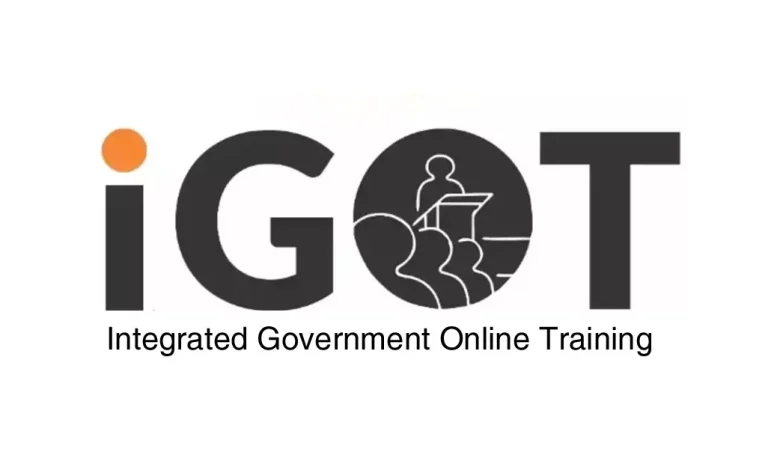Daily Current Affairs for UPSC
Aspirational Blocks Programme Module by IGOT Karmayogi Platform
Syllabus- Government Policies and Interventions [GS Paper-2]

Context- iGOT Karmayogi Bharat in collaboration with NITI Aayog has launched a new learning module dedicated to the Aspirational Blocks Programme (ABP).
Key Highlights
- The curated module, now available on the iGOT Karmayog platform, features ten comprehensive courses tailored to meet the specific needs of Block officers.
- These courses cover a wide range of topics including time management, civic engagement, leadership, sustainability goals, problem-solving, self-management, stress management, workplace yoga and team building.
Importance
- It improves the functionality, domain and behavior of 5000 Block level officials.
- By equipping them with the necessary tools, this initiative aims to improve the effectiveness of their duties and responsibilities.
Aspiration Blocks Program
- Building on the success of the Aspirational Districts programme, NITI Aayog launched the Aspirational Blocks programme.
- The purpose of the program is to improve the performance of regions that are lagging behind in terms of various development parameters.
- It was announced in the Union Budget 2022-2023.
Aspirational District Programme
- Launched in January 2018, it aims to quickly and effectively transform 112 least developed districts across the country.
- The main features of the program are convergence (in central and state systems), collaboration (between central, state-level nodal officers and district collectors) and inter-district competition through monthly delta rankings; everything is driven by mass movement.
National Institute for Transformation of India (NITI Aayog)
- It was established in 2015 to replace the Planning Commission.
- It is an executive body (acts as a think tank and advisory body).
- Objective: to promote the spirit of cooperative initiative and competitive federalism with structural support initiatives.
- Full-time organizational framework:
- Prime Minister as President
- Vice President (appointed by the Prime Minister)
- Members:
- Full time
- Part-time members by rotation: On own initiative, up to 2 members from major universities, leading research organizations and other innovative organizations.
- Ex-officio members: a maximum of 4 members of the Council of Ministers appointed by the Prime Minister.
- Chief Executive Officer: The Prime Minister appoints the Chief Executive Officer for a fixed term. He then becomes Secretary to the Government of India.
- Key initiatives and recent achievements:
- Tension ring system.
- 3 Documents:
- 3-year action program,
- 7-year medium-term strategic document and
- 15-year vision document.
- Monitoring and Analysing Food and Agricultural Policies (MAFAP) programme in India
- Promote natural agriculture with a zero budget.
- Promotion of Bhartiya Prakritik Krishi Paddhati Scheme under Paramparagat Krishi Vikas Yojana (PKVY).
- Village storage system
Source: PIB
Practice questions:
- How aspirational block programme is the next logical step in the localisation of the SDGs?





.png)



